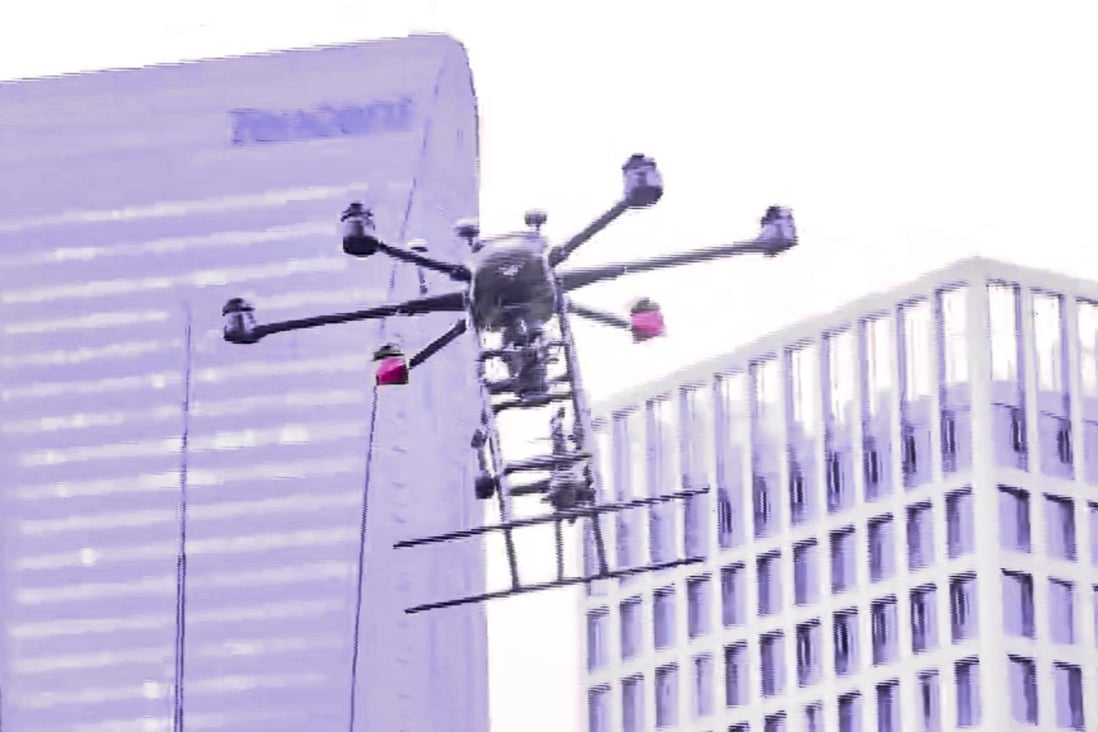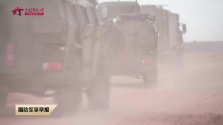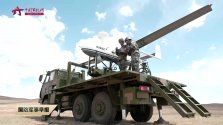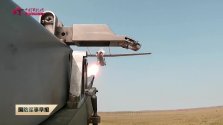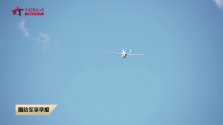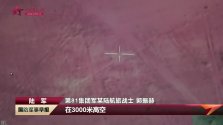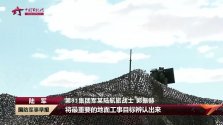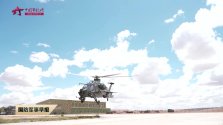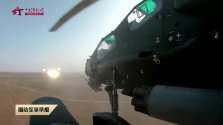We've seen the recent fixed wing VTOL drones off CV-17. We've seen many helicopter like VTOL drones. There are tiltrotor drones and even quadcopter drones. I'm really curious how many different types they will end up employing.
Those VTOL drones we saw off Shandong were almost certainly not being tested for their actual performance, but likely to experiment with the carrier's capability to control multiple UAVs themselves (datalinks, control consoles etc).
We need to be cognizant that as UAV technologies are advancing, nations will carry out smaller scale UAV demonstrations in cost effective manners as they work up to true, operationally useful UAV capabilities.
Those VTOL drones on Shandong were too small and too suboptimized to be worthwhile deploying off an aircraft carrier.
I believe that the first VTOL drone that the PLAN will properly procure as an operational type will be that MQ-8C sized helicopter drone we saw on the 075. It's equipped with an EO suite and a surface search radar and probably can achieve an endurance and range similar to MQ-8C.
It would make a sensible UAV for surface combatants and as part of the airwing of a 075.
Right, that's the scenario I'm think about. There are some degraded military bases along first island chain or even southern Kyushu. Could be anywhere from 650 km to 900 km away from mainland. Aside from utilizing PLAAF sorties with PGMs, what else could they do to keep these bases offline? Seems like low flying, small RCS killer drones is another choice now. I don't know if Harpy have the endurance to make it that far and attack the appropriate targets.
Low flying, small RCS suicide drones are just cruise missiles.
Really, the Mugin 5 strike that Ukraine did, doesn't show us anything new which the world didn't already know.
Not sure why you're repeating this, I've already said smaller is better. If anything my argument is they should go even smaller.
That point only stands if you are solely relying on ground based radar and conventional SAMs. A lot of the drones taken down were by MANPADs, and even small arms fire.
Low altitude drones are far more suseptable to low altitude drone attacks, especially they have a loud piston engine which will alert anyone 500m away.
Because in your last few posts 5387 and 5385, it seemed to be implying that a Mugin 5 drone should have been something that Russia could have defended against in the same way they have been subsequently orient their air defenses to defend against TB-2s.
I'm saying that a combination of a much lower altitude flight on a strike profile (i.e.: going directly towards a target rather than orbiting/loitering in a ISR or hunter killer strike mission that a TB-2 would do), and its smaller RCS, significantly complicates defenses, and is one which would require significant resources to defend against after the suicide drone has already been launched... and it's better to view the Mugin 5 suicide drone strike as "defending against a cruise missile" rather than "defending against a MALE UAV".
Nearly all the long range S-300PMU systems in Russia were changed to S-400. The shorter/mid range S-300PS systems still have not been all replaced with the S-350 because its introduction was severely delayed and it only entered mass production a couple years ago. S-350 can quad pack short range missiles which makes it more effective vs drones than S-400. S-400 isn't meant to engage targets at short distances. At most you could use the S-400 to strike something like a Global Hawk. Then you have systems like the mid range Buk-M3 which only recently entered production and are available in only small numbers. But if we are talking about countering drones like TB-2 or Reaper then you are talking about the shorter range systems like the Tor or Pantsir. There are several versions of those. The latest ones are only available in limited numbers. Latest versions are pretty sophisticated. For example latest Pantsir has improved two-face phased array radar and missiles. Latest Tor can carry larger amount of missiles. I find it funny that you call Russia's air defenses "less than modern". Compared with what? Certainly not anything fielded by NATO.
Compared to the total orbat of Russia's air defense billets.
FWIW, NATO's ground based air defenses probably wouldn't have done much better... but NATO's CAP and AEW&C capabilities are far superior to make up for it.

